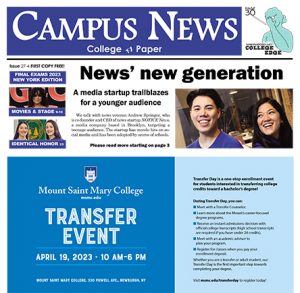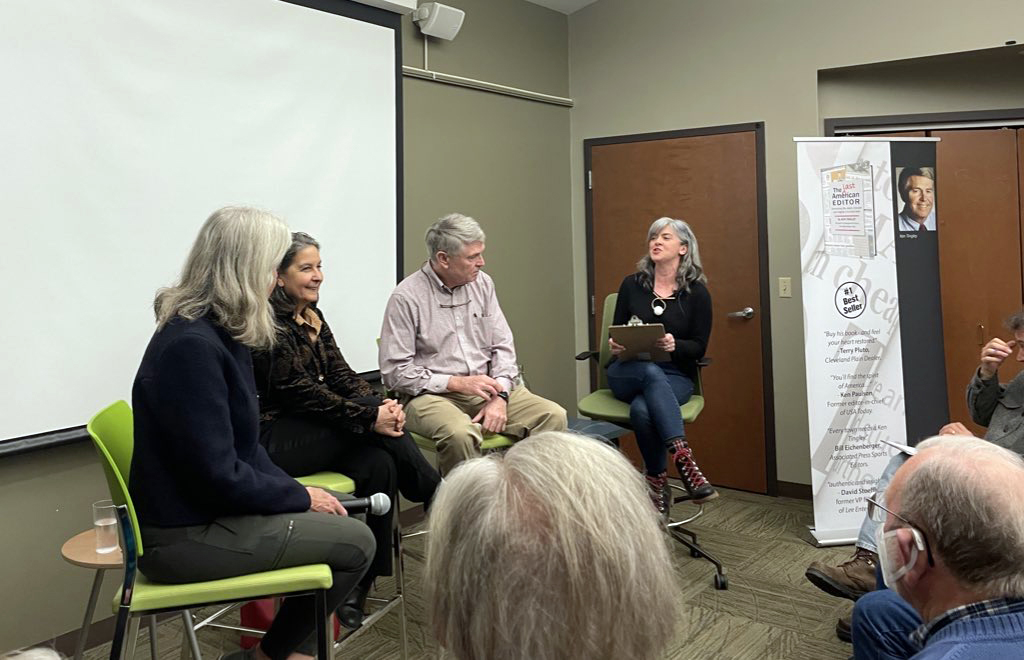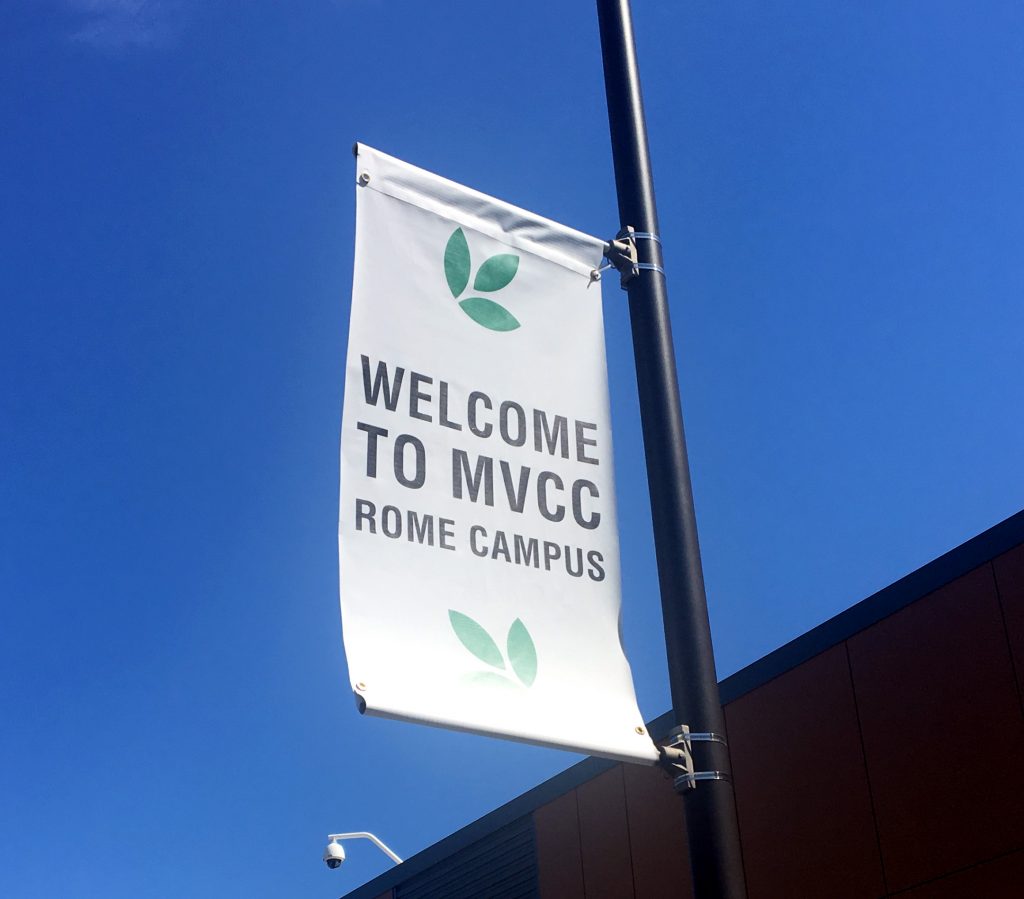Samantha Simmons
Campus News
Capital Region journalists Ken Tingley, Judy Patrick, and Wendy Liberatore hosted a panel at the Greenwich Free Library in Upstate New York last month to discuss the current state of local news and its future as outlets are shifting towards being fully digital.
Tingley, the former editor of the Post-Star in Glens Falls for 21 years, is now an author with two books, “The Last American Editor” and “The Last American Newspaper.” He spoke about the roles of reporters during his time in the print business.

Whether readers notice it or not, journalists play a large part in everyday life for their readers and listeners. From papers to social media platforms and the array of podcasts available, a journalist writes the stories important to readers lives. They are there to start conversations about what matters most to the community. Tingley emphasized that if members of the community are not reading the paper, they are truly unaware of what is happening around them, comparing the scenario to being locked in a room where they know little about what’s happening outside of themselves, which was noted had been written about in the Granville Sentinel over a century ago.
Politicians and local government officials are not the only newsworthy individuals in society. Wendy Liberatore, who covers Saratoga County for the Times Union and Judy Patrick, former editor-in-chief for The Daily Gazette and current vice president for editorial development for the New York Press Association, said the best parts of their day as reporters was getting out and talking to people, which many reporters just do not have the time to do today because of tight deadlines.
With the increasing online presence of news organizations, the panel unanimously agreed that in the near future most, if not all, newspapers will be available exclusively online. Newspapers no longer have the money to have a large staff like they did 20 years ago due to increasing costs and decreasing advertising revenue. Tingley said he is surprised that his former employer, the Post Star is still printing seven days a week because many daily news outlets have gone towards a three day a week printing and 4 days online schedule.
Patrick said reporters have to be “always on” nowadays to stay up to date by logging on to Twitter, Facebook, TikTok, etc.
Liberatore is new to some online platforms such as podcasting. Recently, she had been working with Jessica Marshall, a multimedia producer for the Times Union, on “Rainwalker: The Lost Boy,” a limited series podcast diving deeper into the high-profile missing person case of Jaliek Rainwalker, a young Washington County resident who disappeared 15 years ago. She said, “I never would have thought to do a story on Greenwich,” referring to an episode of the podcast that took a deeper look into the town where Rainwalker was from and the community’s feelings over a decade later.
While Liberatore did not have to change her reporting style, the process of learning how to speak while being recorded for air was a different process than she is used to.
“Hearing the voices makes it more effective,” Liberatore said, “When they listen to the words of the people, they have a different attitude about the importance of the story.”
Tingley said with the current state of news, readers can no longer depend on their local daily paper to be the one-stop shop for their information and are going to have to depend on community weeklies and online publications to get a well-rounded balance of coverage.
“You’re gonna have to work harder if you want to be a good citizen,” said Tingley.
Tingley and Liberatore said local reporters help readers and listeners feel less skeptical of the information they are receiving when fake news is being plastered all over social media.
Being a local reporter “helps people to not be so skeptical,” said Liberatore.
Local news has been suffering, though. Because of reductions in staffing and coverage, they are not getting the credit they deserve when local stories become national. Local news gets picked up by stations with larger platforms, which then becomes a more sensational issue than what was initially reported.
Sports are the glue to communities, especially in upstate New York where not much else is going on during the winter months. Tingley said sports are “the whole identity of the town.”
And with sports betting now legal in New York State, fans are looking for coverage of their favorite teams’ games, but who is going to cover high school games? That’s where local news comes in. But with the increasing use of social media, schools are now able to post the scores of the games instantly themselves.
“Reporters don’t need to do the job anymore,” said Patrick, “We lost some of our usefulness.”
With shrinkage happening in newsrooms all over the country, there is “no room for arts in papers anymore; that’s why I’m doing what I’m doing,” said Liberatore, who used to write features on arts and dance for several local papers including the Saratogian.
“If a newspaper doesn’t shine a light a light on the community who will?” said Tingley.





Facebook Comments